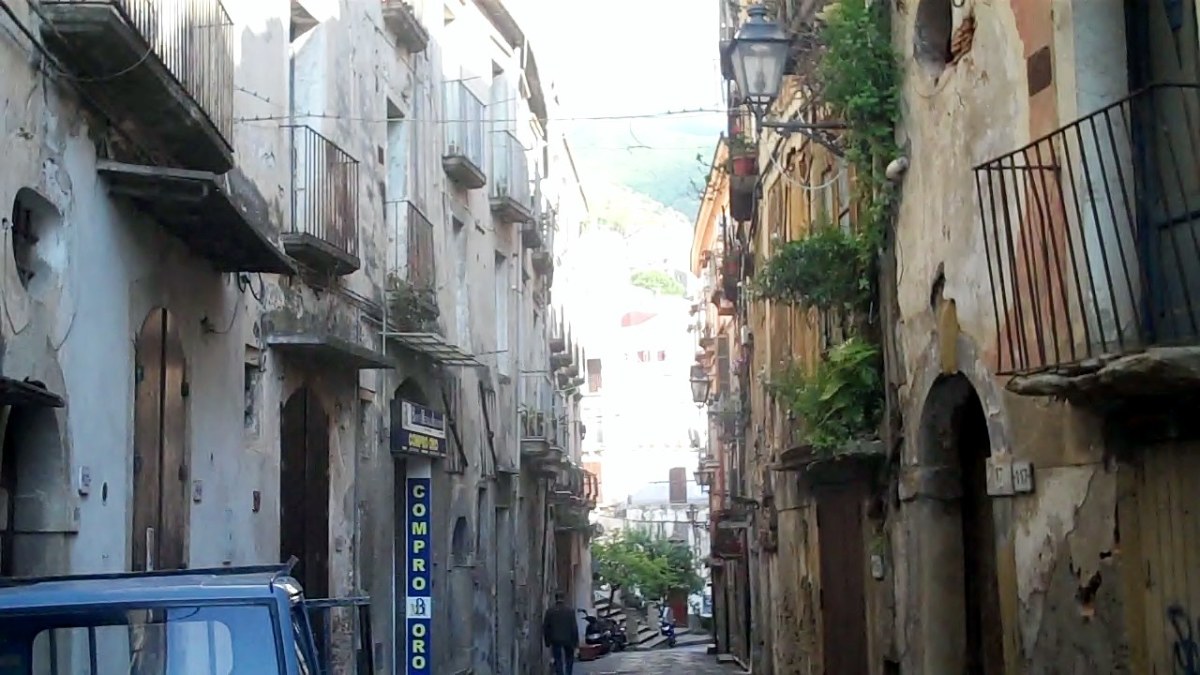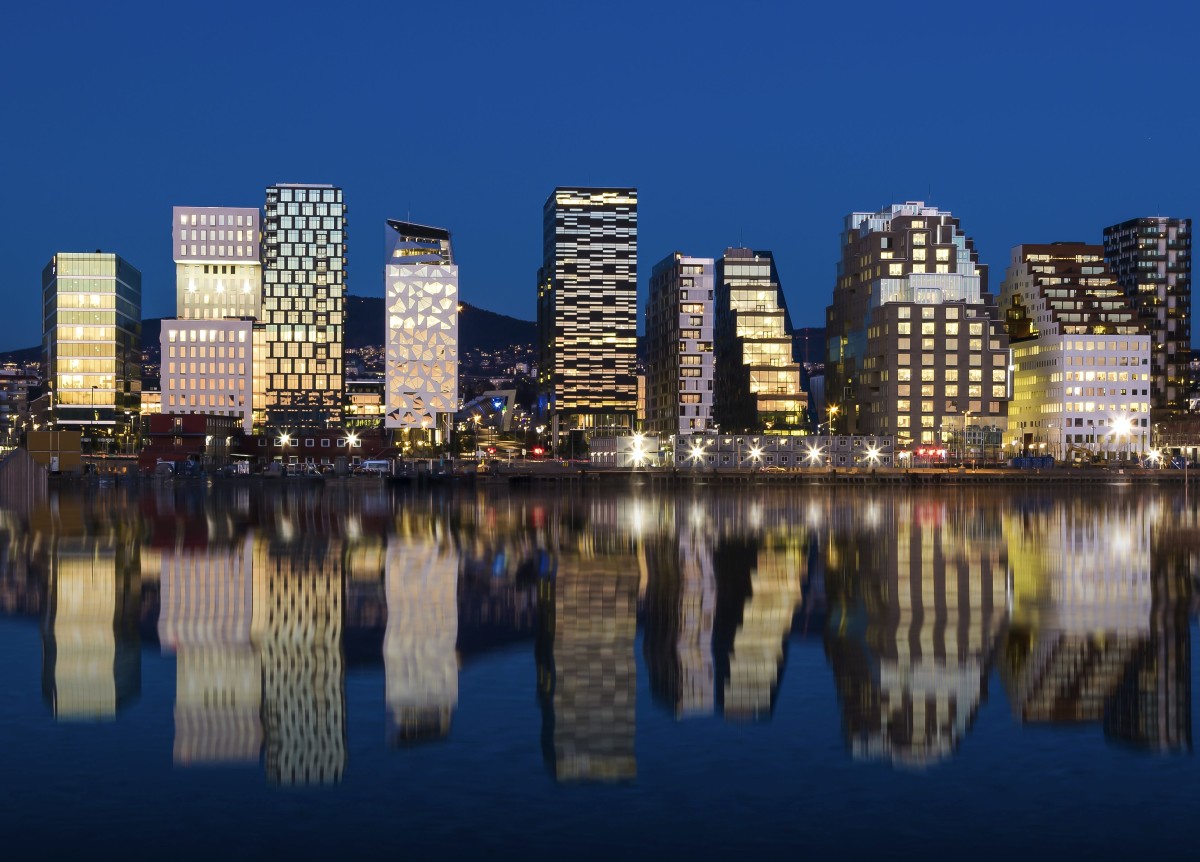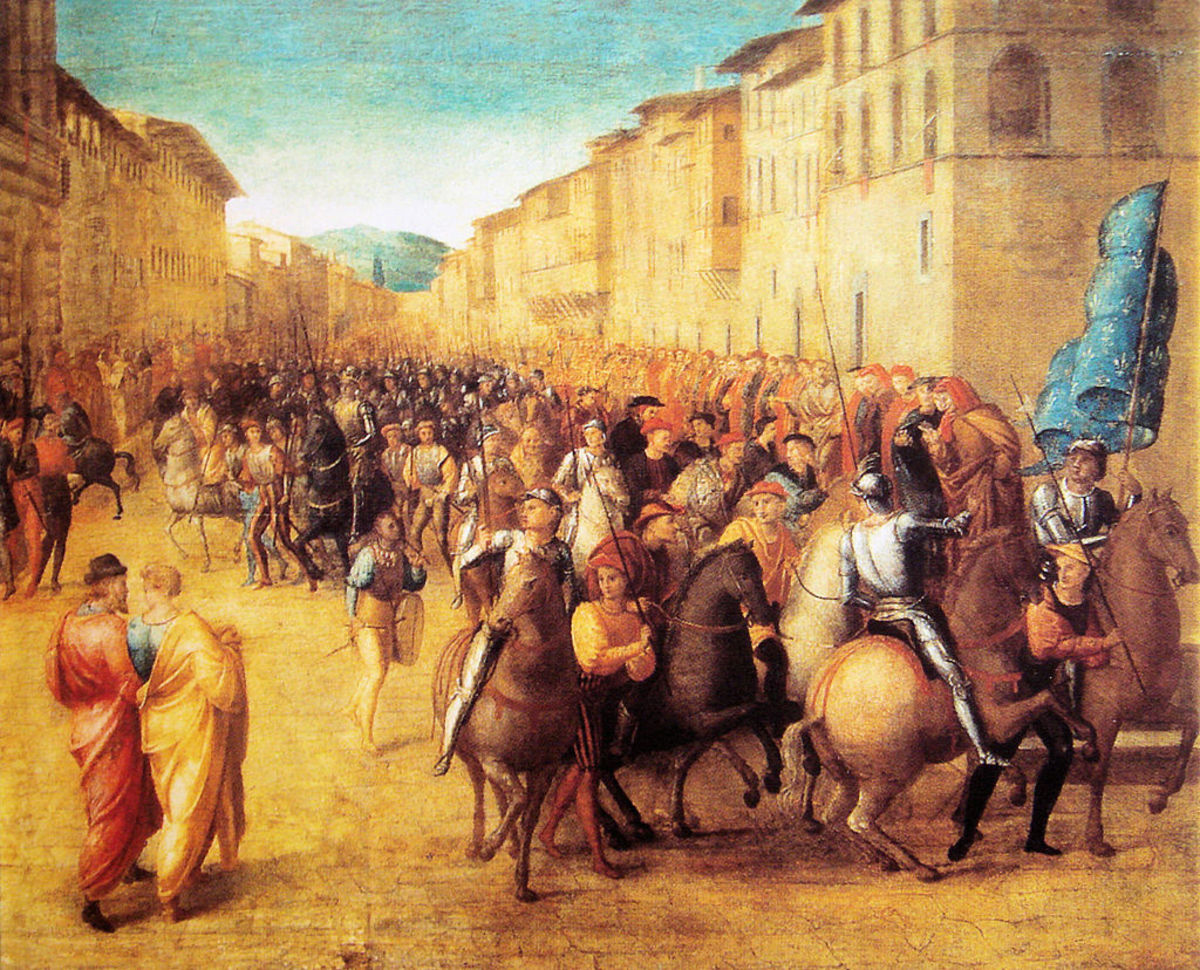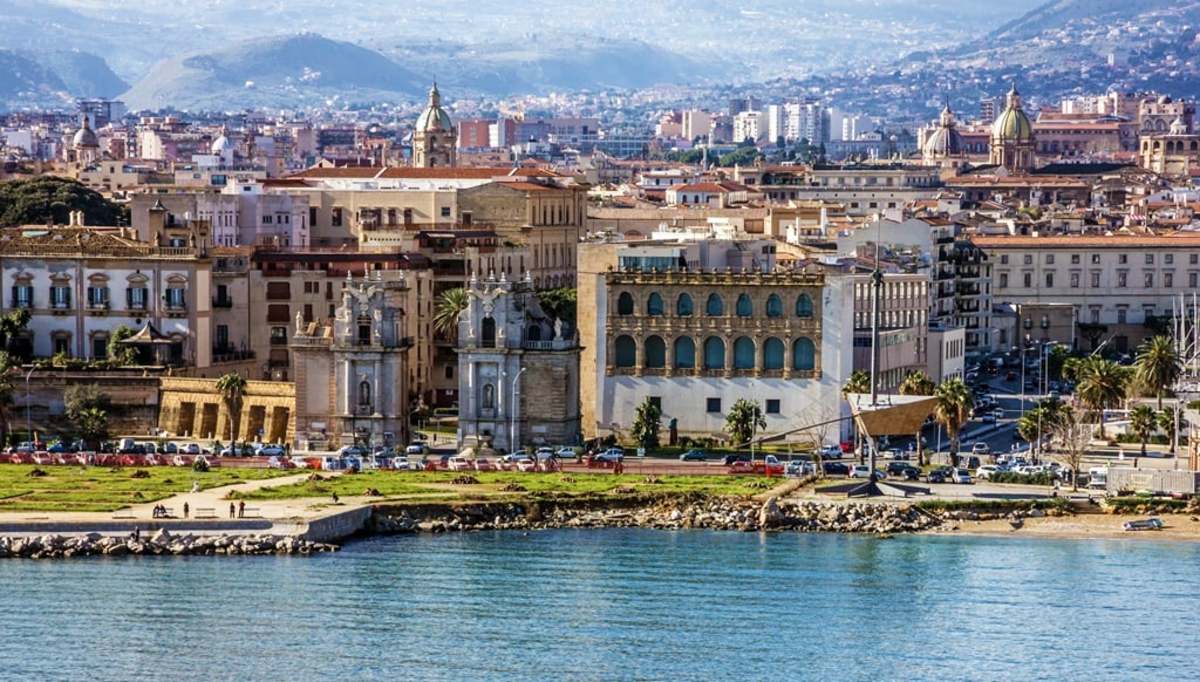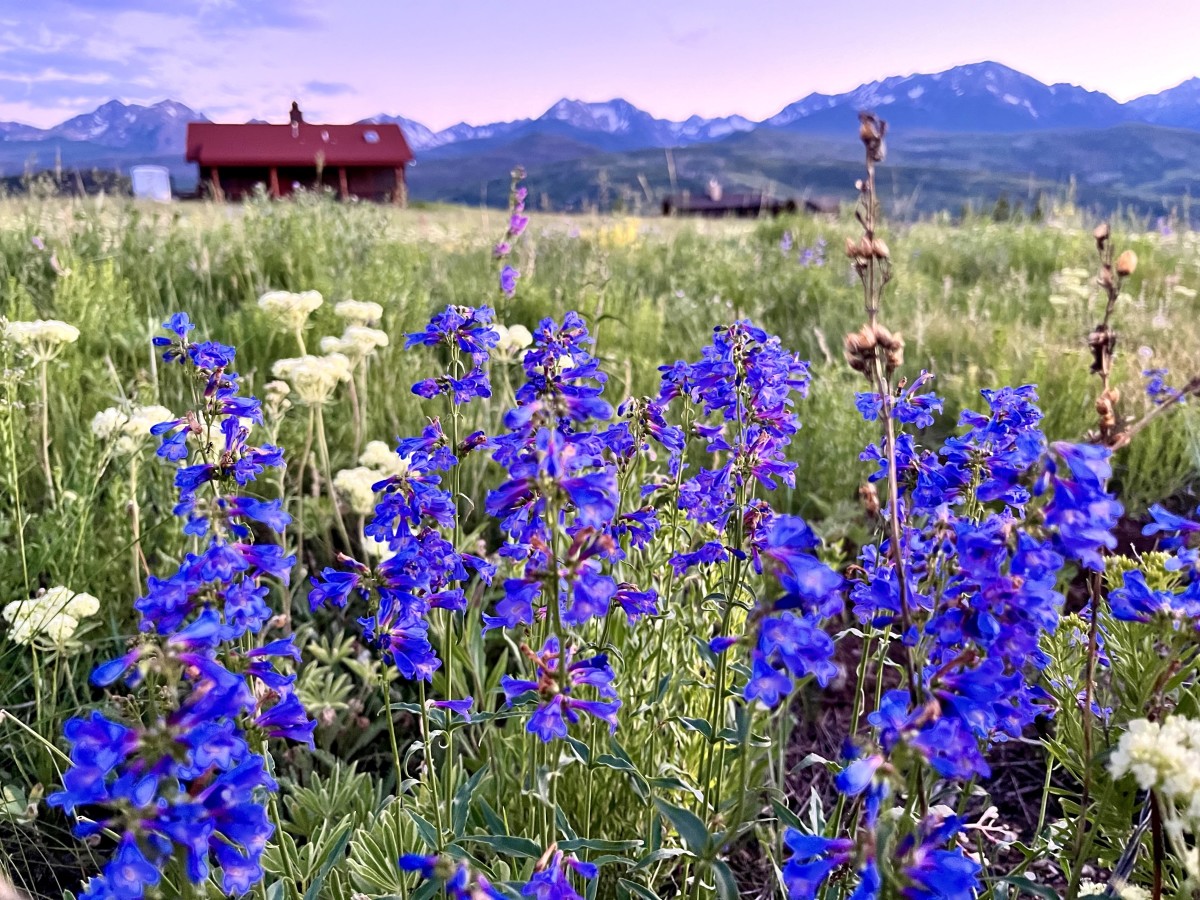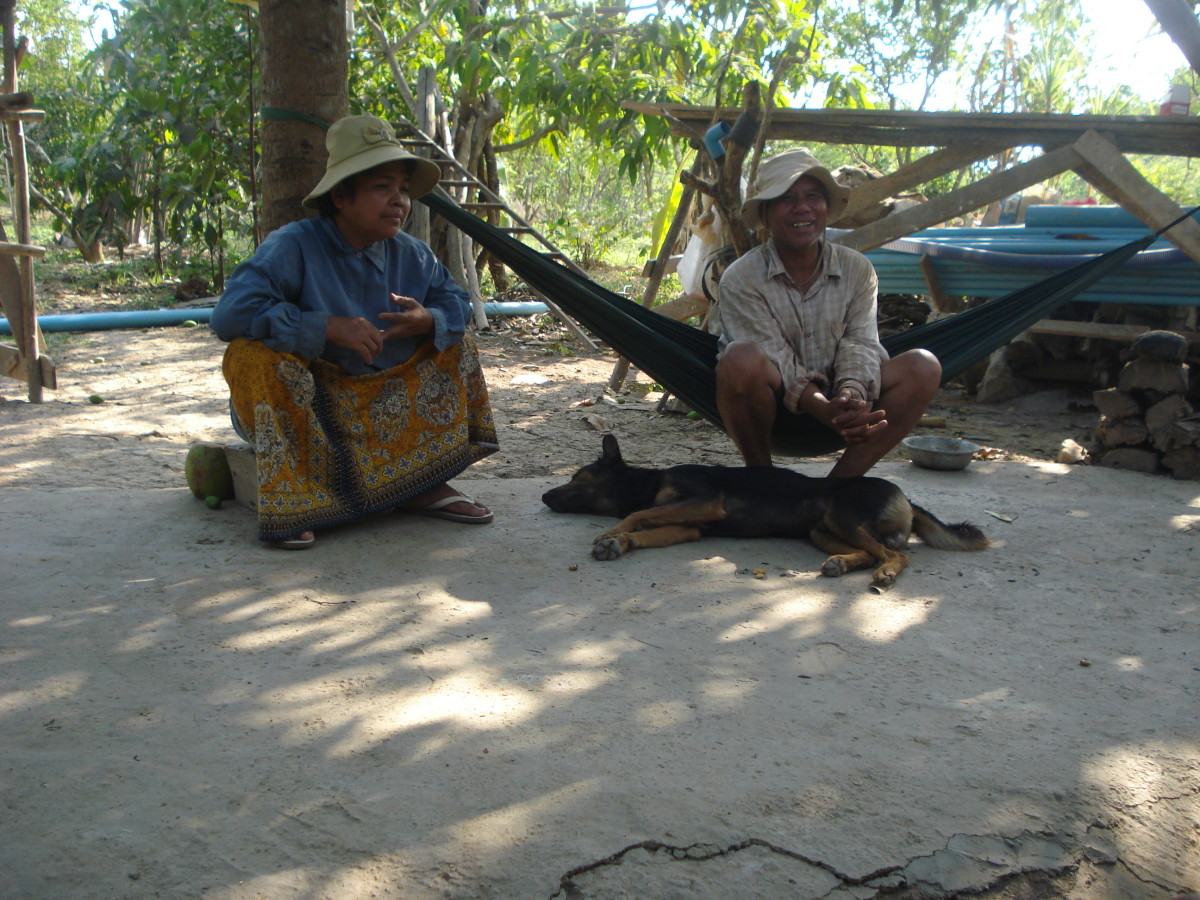History of the Vatican City State
Introduction
The name Vatican hill is derived from a spinoff of Etruscan settlement and Vatican hill. Vatican City is officially the smallest country in the world. It is an Independent city found within an enclave in Italy with a population of 900-1000 inhabitants.
It has many historical Buildings registered under Special Cultural Property Protection in the Hague Convention. The city has a geographical area is 110 acres or approximately 44 hectares. Ruled by the Pope the head of Roman Catholic Church and Bishop of Rome.
History
In 1st century AD Agrippina the Elder drained a marshy area on west bank of Tiber near Rome. Then Emperor Caligula in AD 12-24 built her gardens while Nero AD 40 completed it. Originally uninhabited sacred part of Rome had a shrine dedicated Goddess Cybele.
The area is noted for mausoleums, funeral monuments until the Contantinian Basilica of St Peters was constructed over the tomb of Saint Peter early 4th century. Another interesting fact is that the Kingdom of Sardinia of 1848 conferred Catholicism as the Italian state religion.
Vatican City
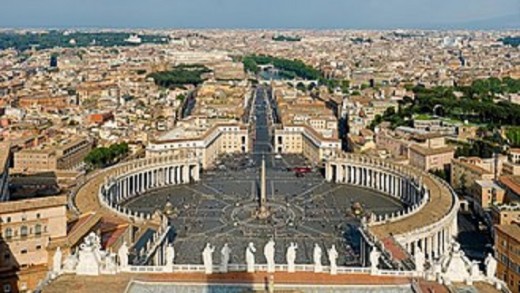
Swiss Guard
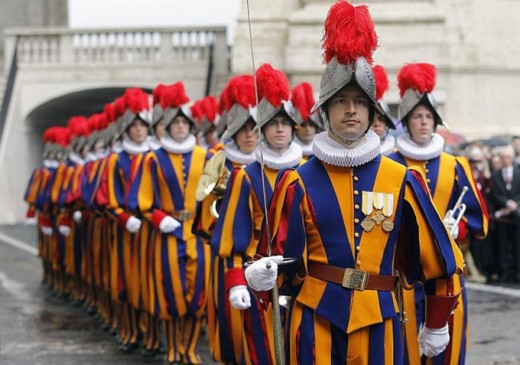
Brief History on Papal States
Early Popes lived at Lateran Palace opposite Rome from 1309 to 1377. They lived in France later returned to Rome (Quirinal Palace) then retired to the Vatican. For a thousand years before mid-19th century Popes governed large portions of Italian Peninsula.
Then a new kingdom of Italy was created and the territories belonging to papacy were seized. Despite muted resistance by Papal forces In 1870 Italy was united by Piedmont forces and Rome annexed.
Quirinal Palace occupied by the Pope was confiscated by the King of Italy and made into his Palace. Other property of the church were also confiscated by Italy however they did not interfere with the Holy See within Vatican walls. According to historical documents the last ruler of Papal state was Pope Pius IX (1846-1878).
The Treaty
The Popes did not recognize the Italian State however some progressive could receive or send ambassadors under the Law of Guarantees. This situation was resolved between the Holy See and Italian Government and King of Italy in February 1929.
Two signatories to the treaty was Benito Mussolini for the King Victor Emmanuel III and Pietro Gasparri cardinal Secretary of state on behalf of Pope Pius XI. Effective on June 7, 1929 they conferred an independent state on the Vatican City (Catholicism status).
Vatican City Security
As an enclave within Italy the cities neutral status confers no armed forces or military. However the security and defense is provided by the Italian Armed Forces. The Popes personal security is facilitated by a military corps known as the Swiss Guards Founded by Pope Julius on 22 January 1506.
Under special arrangement between the Swiss government and Vatican. Recruits are Unmarried catholic men from Swiss army. The Pontifical Swiss Guards are trained bodyguards that bare small arms (Swiss Mercenaries) conferred nationality of the city.
Other security units are the civil defense including the Gendarmerie corps. The gendarmerie corps are the security force or police. The gendarmerie functions are traffic control, criminal investigation. Other functions include boarder control, public order and security. While the Civil defense fire brigade are the firefighters of the city.
Defense Forces
- Swiss Guards-Popes security
- Gendarmerie corps-security force or police
- Civil defense- firefighters
Inhabitants and Defence
Defense Forces
| Internal Security
| Inhabitants
|
|---|---|---|
Swiss Guard
| Popes security
| Clegy
|
Gendarmerie corps
| Police
| Pope
|
Civil defense
| Fire Fighters
|
World War II
Under the leadership of Pope XII during the second world war the Vatican was declared a neutral city. However when the German troops occupied Rome in 1943 they acknowledge the Vatican’s neutrality. The British government respected the neutrality so long as the Italian government observe rules of war.
Despite the bishop of Rome’s priority to prevent bombing 500 United States forces Aircraft bombed Rome on 19 July 1943. Although the Uk envoys suggested that Rome should be declared an open city they did not see it as such.
However when Mussolini was ousted from power the Holy see declared Rome as an open city. Unfortunately bombings by United States Allied Forces on 18 july 1843 along the railway hub claimed the lives of 1500 people.
Post war era occasioned many vacancies in the Vatican therefore Pius XII created 32 new cardinals in 1946. Other reforms includes disbandment of Pontifical military Corps, transformation of Gendarmerie into Civilian police force.
Political System and Governance
Vatican City operates a non-hereditary absolute elective monarchy. Since 1860 the pope is ex officio head of state, sovereign and vested with judicial, executive and legislative powers.
Executive power is in the hands of the president of the commission while appointed cardinals have legislative authority for five year period. The diplomatic service and Holy See (Secretariat of State) are entrusted with foreign relations.
During papal vacancy temporary powers and rights is conferred on the Apostolic Camera presided over by the Cardinal Camerlengo.
Interesting Facts about the Vatican
1. Vatican is an independent state about 100 acres making it the smallest country in the world.
2. The state has its own stamp, mints euros, has own flag, media outfit, license plates and issues passports.
3. Citizens in the Vatican total about 600 individuals
4. Majority of the citizens are clergymen, cardinals, Swiss guards, a nun.
5. Majority of the citizens live abroad.
6. The Swiss Guard are mercenaries skilled marksmen trained to protect the Pope
7. The sovereign state was singed into existence by Benito Mussolini in 1929
8 the Vatican was paid $92 million compensation by the Italian government
9. Pope ruled Papal States from 1800- about 1869 before the unification in 1870
10. St Peters Basilica is built on city of the dead.
hubs
- Visiting the Vatican in Rome
Vatican City has to be the most unusual independent state in the world, apart from being the smallest. The much overused word “unique” is surely applicable here! - Tips for Visiting the Vatican
Home of the Sistine Chapel and one of the largest art collections in the world, the Vatican should be your first stop in Rome. Find detailed information and tips on how to prepare for your visit.

